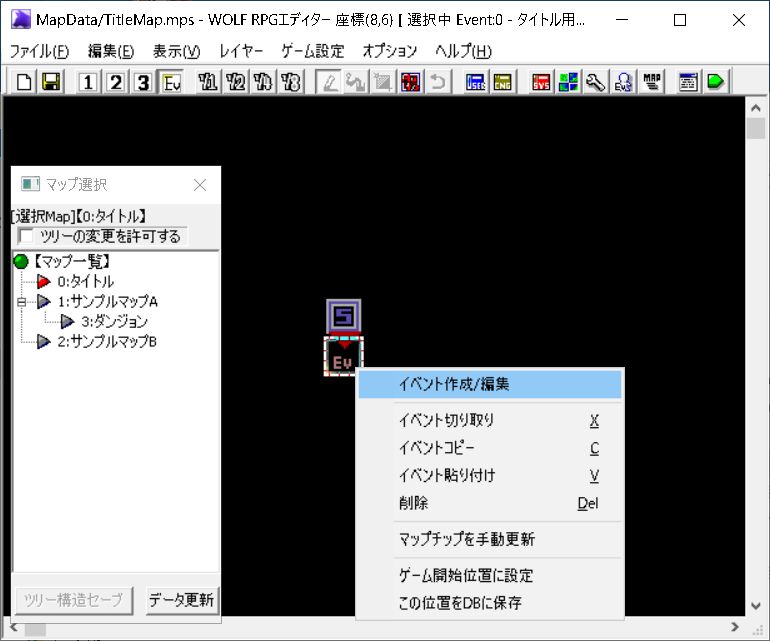

The authors further describe different internal load metrics used in endurance sports including heart rate–based TRIMP metrics. Although I agree with the authors that there are still more research studies required to further validate these metrics, I believe that the authors should have highlighted this evidence to provide a complete critical overview. Furthermore, the dose-response validity of TSS has been evaluated in competitive cyclists showing strong relationships between mean weekly training load quantified using TSS and changes in aerobic fitness measured as changes in power output at 2 and 4 mmol The strongest correlations between modeled and actual performance were found with rTSS, the running version of TSS, providing some evidence that such measures can be valuable. ( 10) used different training load metrics (Banister's TRIMP, session rating of perceived exertion, and running TSS ) as inputs for a systems modeling approach and evaluated the relationship between modeled and actual performance. ( 3) describe external load metrics for running and cycling based on the training stress score (TSS) concept and the authors mention that these metrics currently lack scientific validity. This letter aims to provide additional insights into methods available to quantify training load in endurance sports. However, the authors do not critically evaluate the described metrics in their ability to inform a dose-response relationship and thereby, their possibility to inform the training process. Hence, the chosen training load measure should be selected on its ability to inform a dose-response relationship between the training load and the outcome of interest ( 1,7,9). In order for a training load measure to have any practical application, the method used must be related to the training outcome (i.e., fitness, fatigue, or performance) ( 8). Particularly, training load metrics often used in endurance sports are either not mentioned or key evidence evaluating the validity of these metrics is not provided. Even though acknowledged that the article is neither a systematic review nor does it claim to provide an overview of all methods, the section describing training load metrics in endurance sports currently lacks an overview and critical evaluation of available methods. The article aims to provide practitioners with an overview of methods for monitoring athletes during the training process. ( 3) in a recent issue of the Strength and Conditioning Journal. You can purchase slots to Carry more Heirlooms with you through the Portal, but any Nullifium spent this way will be permanently consumed.With great interest I read the review article titled Quantification of Training Load and Training Response for Improving Athletic Performance by Campbell et al. Any Heirlooms in the "Temporary" section will be recycled for Nullifium on portal. Your Equipped Heirlooms will always stay with you when you Portal, along with any Heirlooms in your "Carried" slots. Nu is not spent, but dictates how powerful each of your Heirlooms can be!
#Trimps save editor upgrade#
You can upgrade any Staff and Shield to HALF the value of your total earned Nu. The currency to upgrade and replace stats, Nullifium, or Nu, can only be gathered by recycling an Heirloom.

You can also click on the Heirloom's name on this menu to rename it, or click on the icon to change it. You can click a stat to upgrade or replace it.

Only equipped Heirlooms give you stats, and you can only have one of each type of Heirloom equipped at a time. Once you've selected an Heirloom, you can Equip, Carry, or Recycle it. You can click on the icon of any Heirloom to select it. You will earn one Heirloom every time a Void Map is completed, and you have a better chance to get higher rarities if you complete the Void Map at higher zones. Heirlooms are powerful items that can drop with a variety of bonuses and a variety of rarities.


 0 kommentar(er)
0 kommentar(er)
